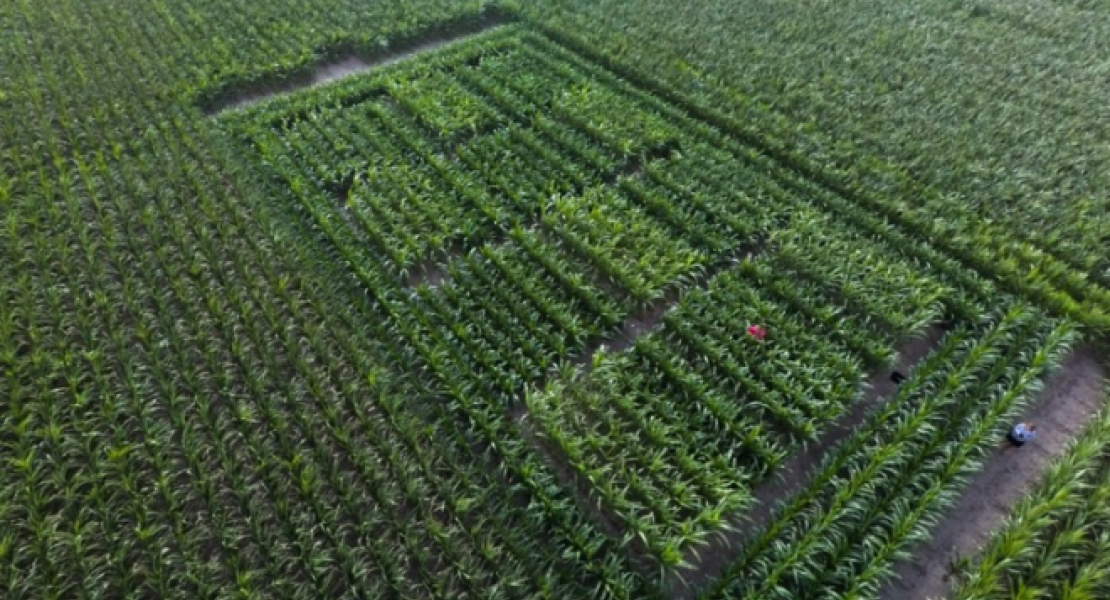VIB has submitted an application for a new field trial with genetically modified poplars. The trees have a modified wood composition so that the wood can be converted into sugars in a more efficient and more environmentally friendly way. The change in the wood composition involves a reduction in lignin and an increase in cellulose, which makes processing the wood easier. The poplars were developed as part of ongoing research into improving wood as a raw material for a more circular economy at the VIB-UGent Center for Plant Systems Biology.
Wood largely consists of three components: cellulose, hemicellulose and lignin. The first two are sugar polymers that are the raw material for the production of biodegradable materials and bioethanol. The lignin forms a kind of cement between the cellulose and hemicellulose fibers. A reduced amount of lignin and / or a modified composition make it easier to break down and thus make the wood more suitable for use as a sustainable raw material.
In order to obtain the change in the wood composition, the CSE gene in the poplars is suppressed by means of so-called RNA interference technology. A genetic construct is introduced into the genetic material of the trees that causes the production of an RNA molecule that folds up to form a double-stranded "hairpin" RNA molecule. This molecule initiates a mechanism by which normal CSE RNA molecules are broken down. These CSE-RNA molecules are an intermediate step in the process that leads from the CSE gene to the CSE enzyme. Less CSE RNA therefore also means less CSE enzyme. And less CSE enzyme in turn means that less lignin is formed in the wood.
Changes in lignin composition also exist in nature
Changes in the lignin composition in wood also occur in nature, but very rarely. For example, a black poplar in Europe and a pine in the United States were discovered that have obtained a similar change in wood composition through natural mutations. Transferring these mutations to fast-growing, adapted trees via classical breeding is possible, but difficult and time-consuming. By genetically modifying poplars, we can achieve similar results much more quickly. At the same time, scientific know-how is emerging to screen natural populations of trees for their potential use in a bio-based economy in the future.
Until today, the genetically modified trees have only been studied in a greenhouse, where they grow just like ordinary poplars. But that tells us little about how the trees will behave outdoors when exposed to weather, wind, and seasons. For this, it is necessary to carry out a field test and to check whether the trees also grow normally in natural conditions and produce wood that is more biodegradable.
Spread of the genetically modified trait excluded
The spread of genetically modified traits is excluded in two ways: (1) by removing any flowers. In this case, it concerns female trees that cannot spread pollen, and because the trees will not grow old, the chance that flowers will form at all is very small, and (2) by carefully removing root cuttings, also after the trial.
Collaboration with ILVO
The permit has been applied for by VIB, but in practice the test is being carried out in collaboration with ILVO and if the application is approved, the test will be carried out on ILVO sites in Wetteren.
Insight
The permit application can be consulted publicly from February 1, 2021 to March 3, 2021 via the website of the Federal Public Service Public Health and is also available for inspection at the town hall in Wetteren during that period.
- Log in to post comments
